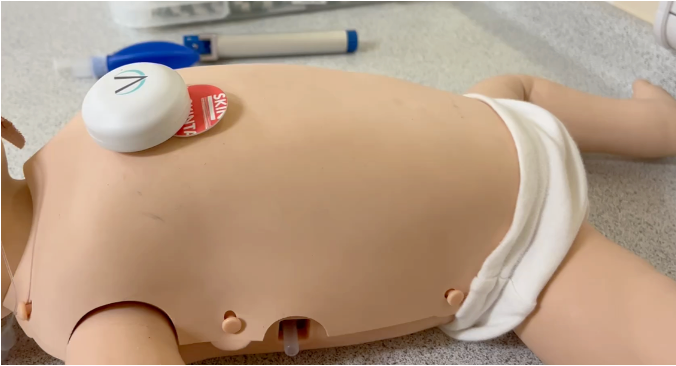Midwives are NHS information pioneers
- 21 June 2012

The heavy burden of data gathering on midwives and the search for clinical systems suited to midwifery practice were common themes at “Due Data”, a meeting organised by the EHI CCIO Leaders Network and the Royal College of Midwives.
Opening the meeting, EHI director, Linda Davidson, said that midwives had always been in lead in sharing information with pregnant women via the shared maternity record but there were some serious issues to be tackled in midwifery data management and information use.
“Managers have voiced their frustration to me that they are expected to produce ever more detailed information about their services and analysis of their performance with vanishingly little informatics support.
“Clinical staff, especially those in the community find themselves dealing with multiple systems many of which do not talk to one another and offer little or nothing back in terms of information to support their practice.
“While some have digipens and laptops, others still struggle along with pen and paper and duplicate data entry,” she said.
A positive example of electronic maternity record keeping came from Claire Brookes, clinical services manager, and Sharon Hackett, midwifery services manager, of Portsmouth Hospital NHS Trust. They described their award-winning service transformation using digipens and BlackBerry smartphones in the community to record and transmit information to records.
The service, which took the top prize in last year’s EHI Awards, introduced digipens for recording maternity information which can be sent to central records via the smartphones.
Benefits have included success in freeing up time to care for women and babies, reduced travelling time, some changes in working practice, the eradication duplicate entry and greater support for lone workers.
Planned developments include: a pilot site for a Personal Child Health Record (PCHR – the RedBook online); links between community midwives and the hospital maternity unit and linking community midwives with pathology services.
Patricia Reilly, IM&T clinical systems manager at the Countess of Chester Hospital, who is about to re-enter midwifery practice, spoke of the difficulty in finding systems that supported the profession’s work. So many systems on the market were from the US where there were few midwives and the role of the obstetric nurse was very different.
“I haven’t found a system out there that I would like to buy yet,” she said. Was a national solution the answer? she asked.
Reilly said it was vital that midwives got involved with informatics and made sure all their requirements were recorded before procurement of a clinical system started. She has listed 900 so far.
Bringing clinical knowledge into the IT department was invaluable, she said. Equally, those in clinical practice needed to engage with their IT departments.
“I hate to have people moaning about the IT department when I could do something about it [the source of the problem],” she said. “I wish they would send an email or stop me in the corridor.”
She echoed a general concern at the meeting about the amount of data midwives were collecting.
“There are 151 items in the new Maternity Minimum Data Set. We seem to collect lots of data but analyse only a small subset. We must do the data collection but there is little guidance on how to do it.”
Julie Tindale, who served as national clinical lead for midwifery at the Department of Health Informatics Directorate (DHID) and Connecting for Health and is a member of the Maternity Dataset Implementation Group, pointed out that without data collection for secondary uses, the answers to important questions about maternal and child health would not be known. Actual birth rates, mode of delivery of the baby and preset feeding rates at six weeks after birth were among the issues she cited.
She listed the Maternity and Children’s Data Set (MCDS) benefits:
- Information will flow real time to a national data warehouse reducing burden on service delivery organisations;
- Information will use same definitions – comparators will be more robust;
- Babies and children’s records will be directly linked to the mother’s pregnancy record with robust governance arrangements for special issues such as adoption. This will enable outcomes to be directly linked with significant events in pregnancy and delivery;
- Records for subsequent pregnancies and deliveries for the same mother will be linked;
- Powerful for public health: smoking history linked to outcome trends, breastfeeding prevalence and persistence .
However, Tindale acknowledged the difficulties in finding an up-to-date clinical system that has a support department that is able to ‘speak maternity’.
She suggested that the solution could lie in midwives sharing best practice; signposting to systems that work and forming local networks choosing shared or collaborative systems.
The meeting was supported by CCIO Leaders Network Foundation Sponsor: BT, Cerner and CSC.




